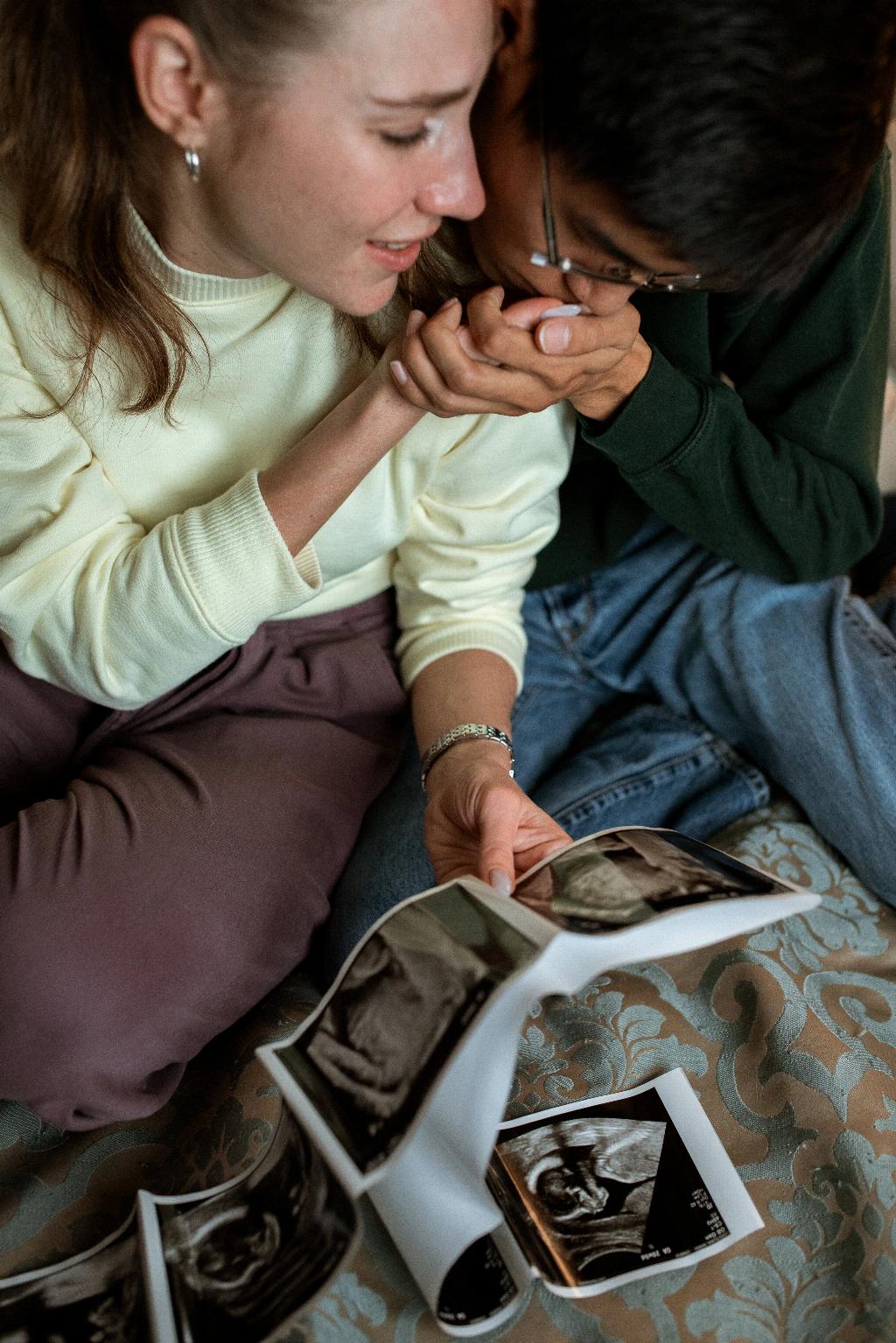When it comes to the potential risk of pregnancy from precum, also known as pre-ejaculate or pre-seminal fluid, there are several factors to consider. While precum itself does not contain sperm, it can pick up residual sperm from a previous ejaculation in the urethra, making it possible for pregnancy to occur even without full ejaculation inside the vagina.
The Withdrawal Method and Pregnancy Risk
Many individuals rely on the withdrawal method, also known as “pulling out,” as a form of contraception. However, it’s crucial to understand that this method is not foolproof. Research suggests that around 20% of couples who use the withdrawal method will experience pregnancy within a year of using this method consistently.
Effectiveness of Withdrawal Method
While the withdrawal method can reduce the risk of pregnancy compared to not using any method at all, it is less effective than other forms of contraception such as condoms or hormonal birth control. This is due to the potential for precum to contain sperm and the difficulty of perfectly timing withdrawal to prevent sperm from entering the vagina.
Factors Affecting Pregnancy Risk from Precum
Several factors can impact the likelihood of pregnancy from precum, including the presence of viable sperm in the urethra, the timing of sexual activity in relation to ovulation, and individual variations in fertility. While precum itself may not always contain sperm, the potential risk of pregnancy exists.
Understanding Sperm Survival in the Female Reproductive Tract
Sperm can survive in the female reproductive tract for several days after ejaculation, increasing the chances of fertilization even if ejaculation occurs outside the vagina. This means that even if precum does not contain sperm, the residual sperm from a previous ejaculation can still lead to pregnancy if it enters the vagina.
Importance of Consistent Contraceptive Use
Given the inherent risks associated with precum and the withdrawal method, it is essential for individuals who are sexually active and wish to prevent pregnancy to use reliable forms of contraception consistently. This may include barrier methods such as condoms, hormonal contraceptives, or intrauterine devices (IUDs).
Communication and Mutual Understanding
Open communication with sexual partners about contraception and pregnancy prevention is crucial in ensuring both parties are on the same page regarding the level of risk they are comfortable with. Discussing and agreeing on contraceptive methods can help reduce the chance of unintended pregnancy.
Seeking Professional Guidance
If you have concerns about the risk of pregnancy from precum or if you have experienced a contraceptive failure, it is advisable to consult with a healthcare provider or a reproductive health specialist. They can provide personalized guidance on contraception and help address any questions or uncertainties you may have.
Conclusion
While the chance of getting pregnant from precum exists, the actual likelihood may vary depending on individual factors and the consistency of contraceptive use. Understanding the risks associated with precum and the withdrawal method can empower individuals to make informed decisions about their sexual health and contraceptive choices.

